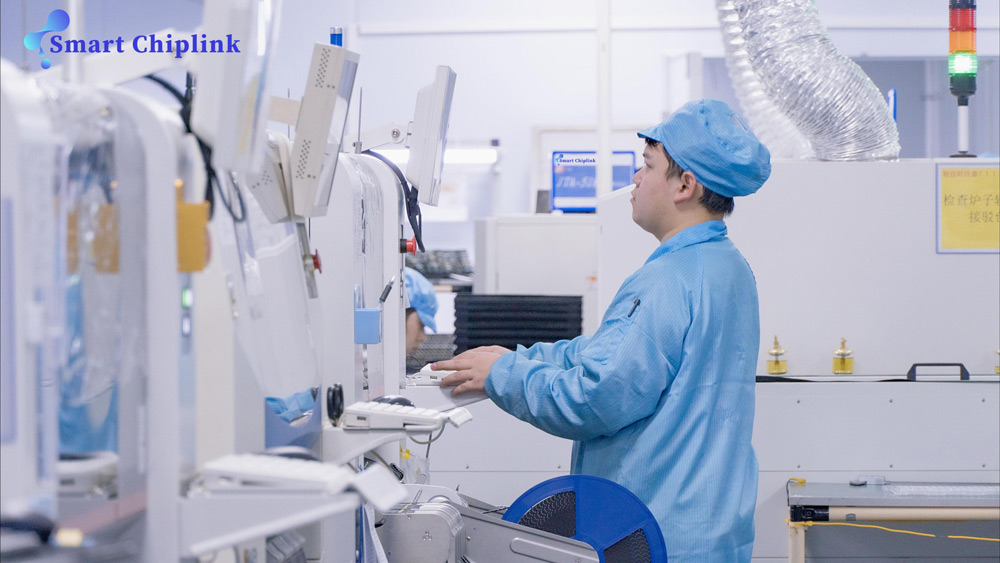In today's rapidly advancing technological world, integrated circuits (ICs) are the backbone of nearly all electronic devices. From smartphones and computers to medical equipment and industrial machinery, ICs play a crucial role in the functionality and efficiency of modern technology. But what exactly is an integrated circuit?
What is an Integrated Circuit?
An integrated circuit, commonly referred to as an IC or microchip, is a small electronic device made of a semiconductor material, typically silicon. It contains a multitude of tiny components such as transistors, resistors, capacitors, and diodes, all embedded onto a single chip. These components work together to perform complex electronic functions, which traditionally would have required multiple separate components.
The Evolution of Integrated Circuits
The invention of the integrated circuit revolutionized the electronics industry. Before ICs, electronic devices were built using discrete components that were manually assembled onto circuit boards. This process was not only time-consuming but also limited the miniaturization and complexity of electronic devices.
The breakthrough came in 1958 when Jack Kilby of Texas Instruments and Robert Noyce of Fairchild Semiconductor independently developed the first integrated circuits. Kilby’s version was made of germanium, while Noyce’s utilized silicon, which proved to be more practical for mass production. Their innovations led to the miniaturization of electronic circuits and the subsequent boom in consumer electronics.
How Integrated Circuits Work
Integrated circuits function by manipulating electric signals through their various components. Transistors, the primary building blocks of ICs, act as switches or amplifiers, controlling the flow of electrical current. By combining many transistors on a single chip, ICs can perform a wide range of functions, from simple logic operations to complex processing tasks.
The design and fabrication of ICs involve several intricate steps. It begins with the creation of a circuit diagram, followed by the layout design, which is then transferred onto a silicon wafer through photolithography. Afterward, the wafer undergoes multiple processes, including doping, etching, and metallization, to form the various electronic components. Finally, the wafer is sliced into individual chips, which are then packaged and tested.
Applications of Integrated Circuits
The versatility and efficiency of integrated circuits have made them indispensable in modern technology. They are used in virtually every electronic device, including:
Computers and smartphones: ICs form the core of processors, memory, and other critical components, enabling the high-speed performance and multifunctionality of these devices.
Automobiles: ICs control everything from engine management systems to infotainment and advanced driver-assistance systems (ADAS).
Medical devices: ICs are used in diagnostic equipment, implantable devices, and patient monitoring systems, enhancing healthcare outcomes.
Consumer electronics: Televisions, gaming consoles, and home appliances rely on ICs for their advanced features and connectivity.
Industrial automation: ICs enable precise control and automation in manufacturing processes, improving efficiency and productivity.
The Future of Integrated Circuits
The continuous demand for more powerful, energy-efficient, and miniaturized devices drives the evolution of integrated circuit technology. Advances in semiconductor materials, such as gallium nitride and silicon carbide, promise to enhance the performance and efficiency of future ICs. Additionally, the development of three-dimensional (3D) ICs and system-on-chip (SoC) designs will further push the boundaries of what these tiny chips can achieve.
Moreover, the integration of artificial intelligence (AI) and machine learning capabilities within ICs is expected to revolutionize various industries, from healthcare to automotive, by enabling smarter and more autonomous systems.
In conclusion, integrated circuits are the unsung heroes of the modern technological landscape, enabling the functionality and sophistication of countless electronic devices. From their invention to their widespread applications today, ICs have transformed the way we live, work, and communicate. As technology continues to advance, integrated circuits will undoubtedly remain at the forefront, driving innovation and shaping the future of electronics.

 English
English




